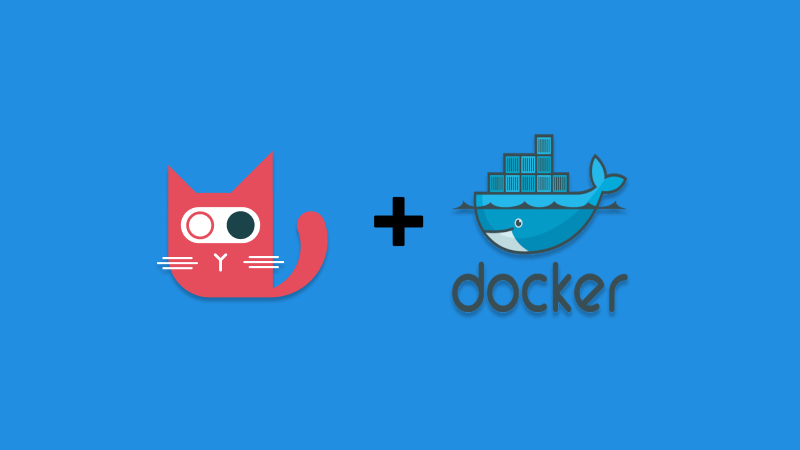Feature Management in the IoT World - Challenges and Solutions
The Internet of Things (known as IoT) is a rapidly growing field that refers to the interconnection of everyday objects, devices, and systems through the internet. This allows them to collect, exchange, and process data without requiring human intervention. IoT is changing how we live, work, and interact with our environment. It affects smart homes, wearable health devices, industrial automation, and smart cities.
This interconnectedness comes with a new set of challenges for developers. How do you manage this complex ecosystem's ever-growing number of features and updates? How do you ensure your devices are always up-to-date, secure, and functioning optimally? This article explores feature management in the IoT world and some of the challenges and solutions.














